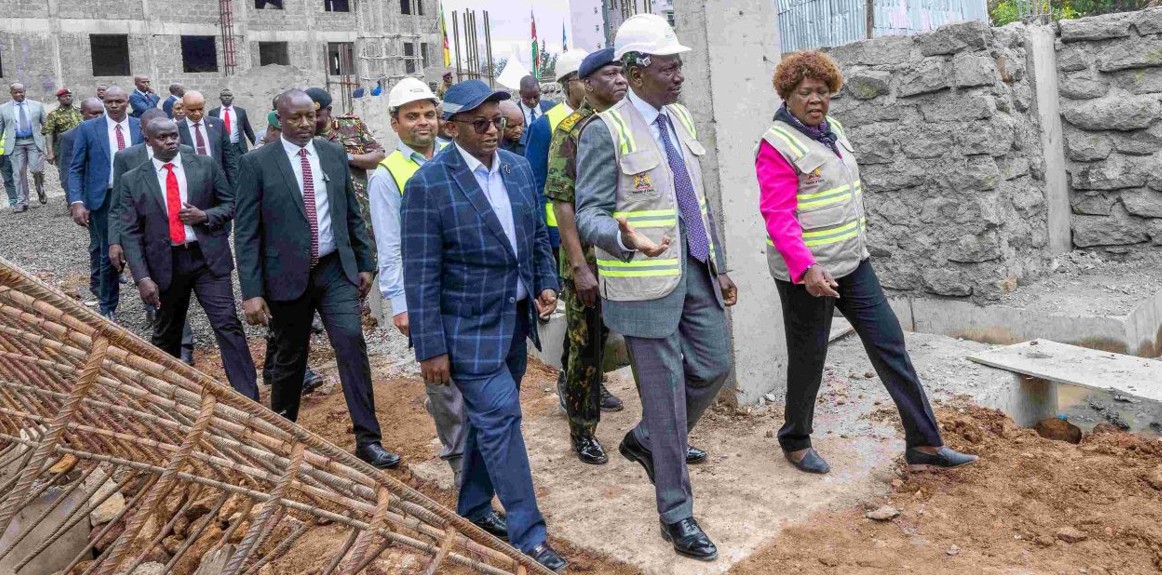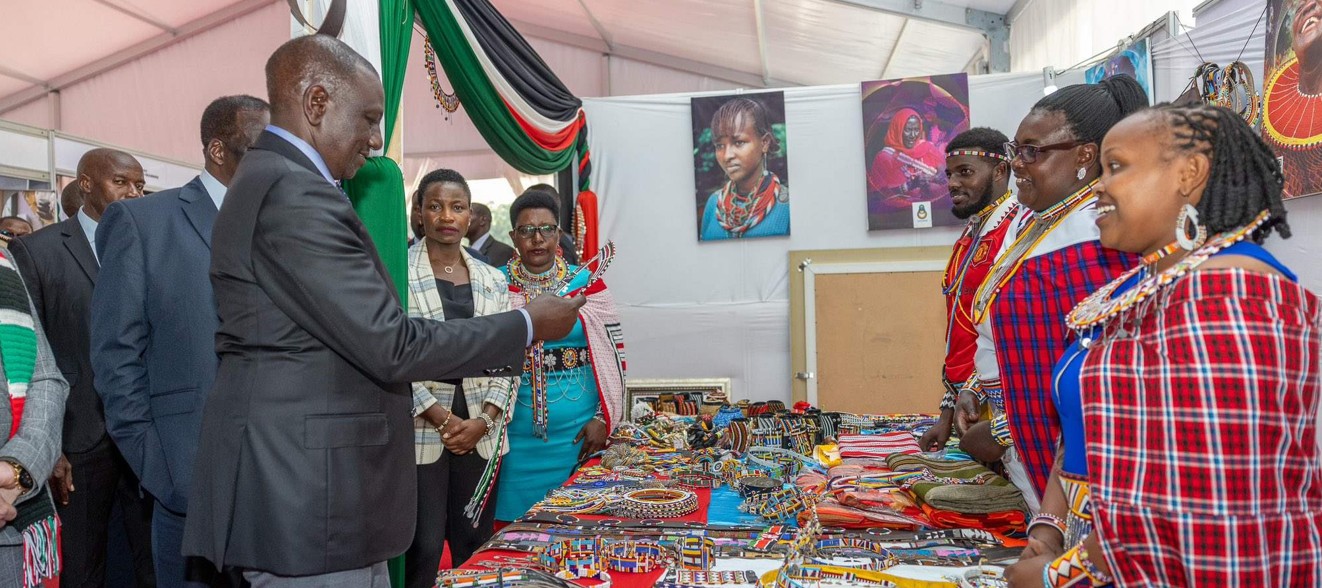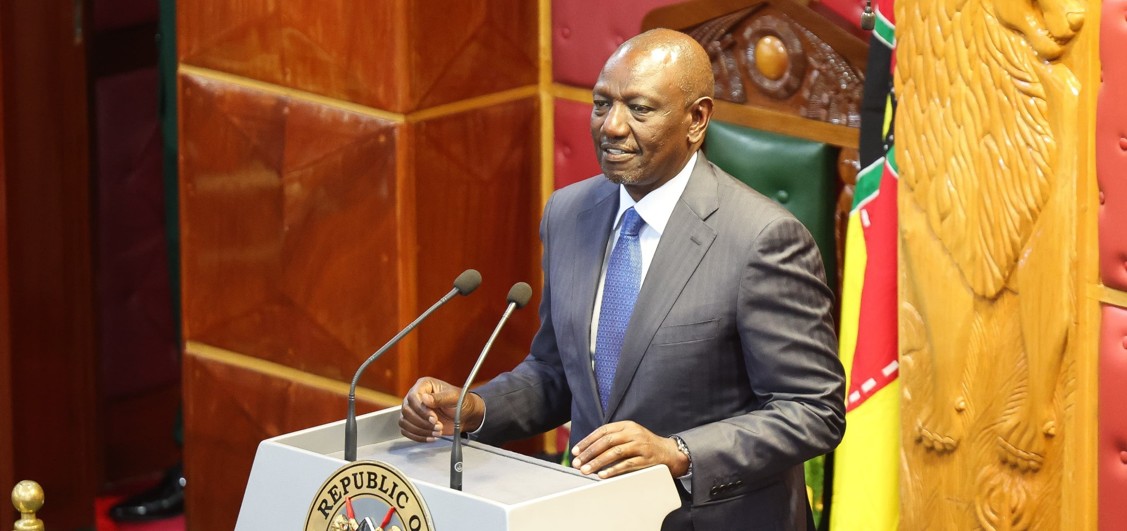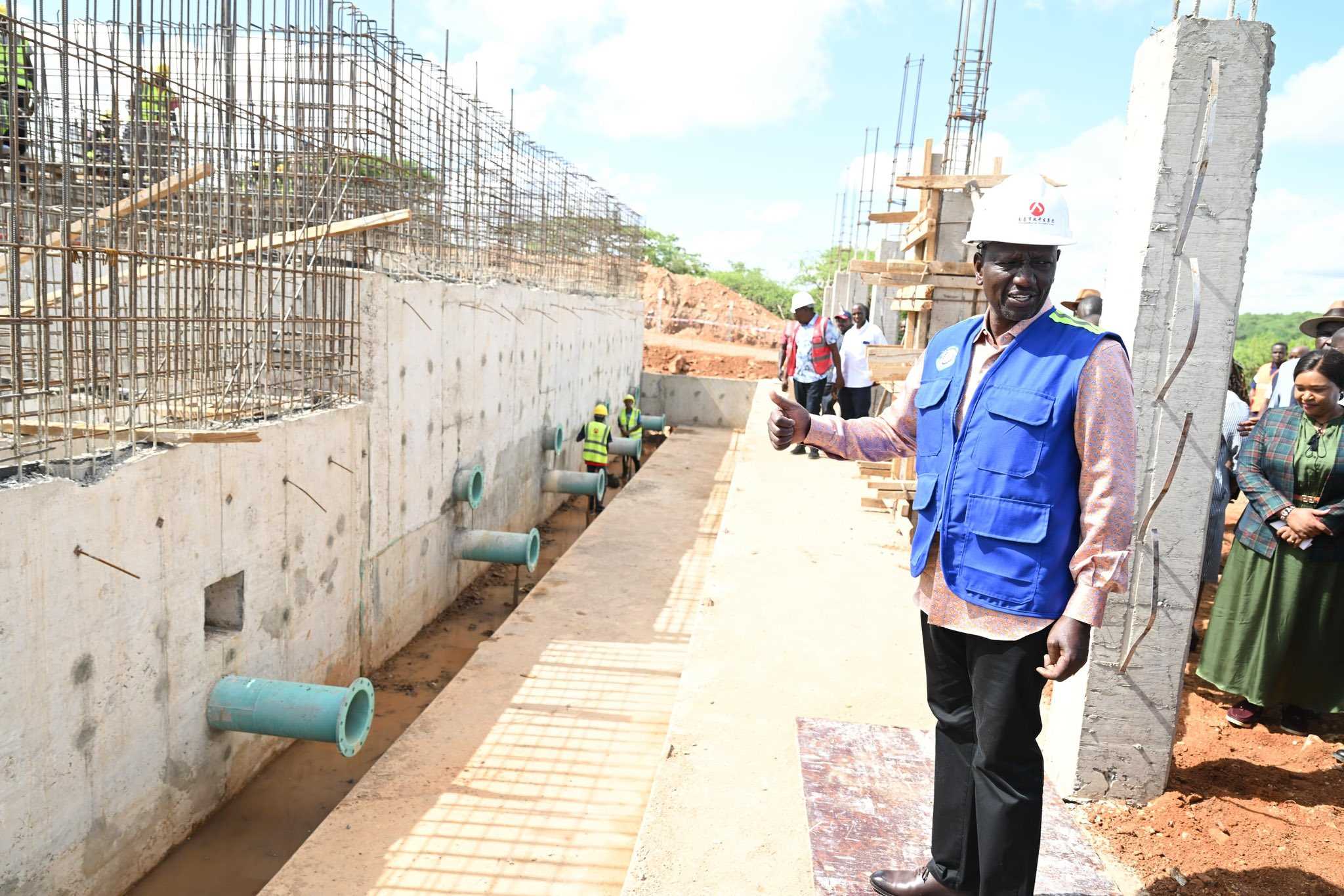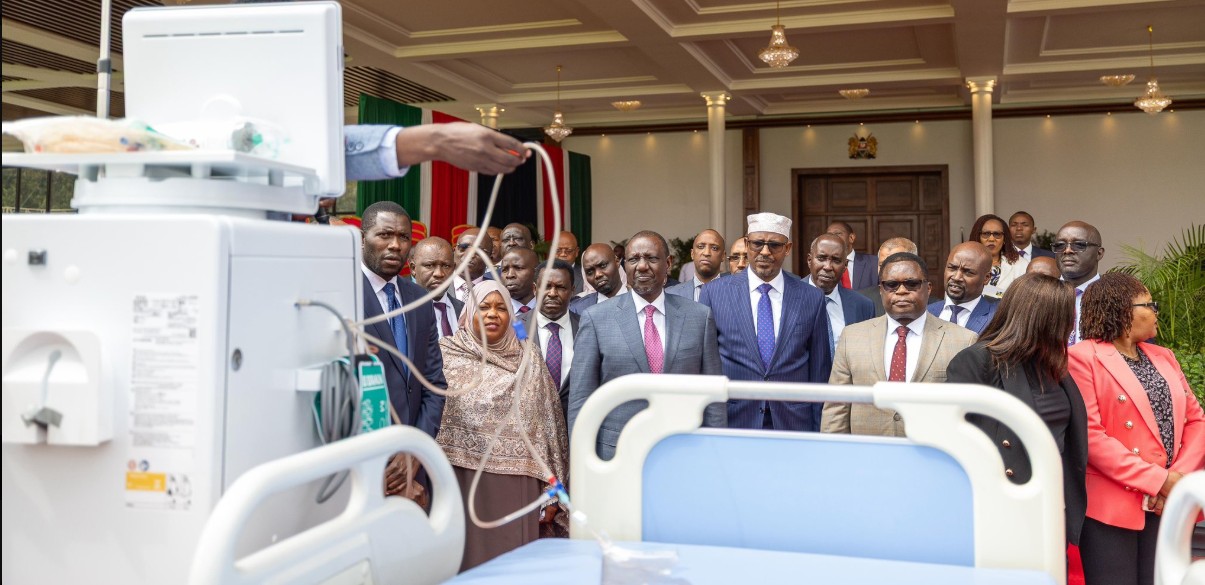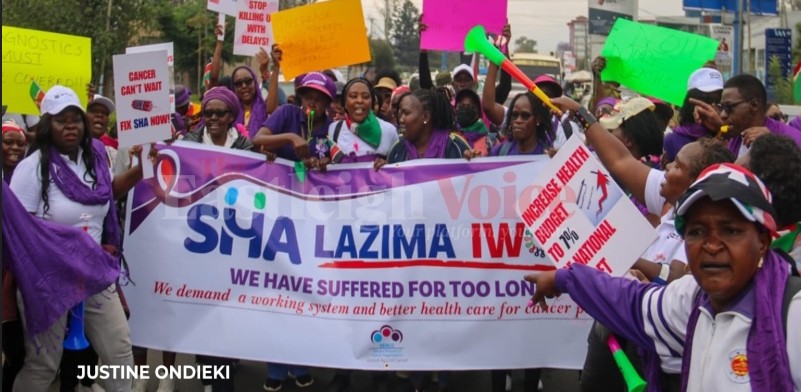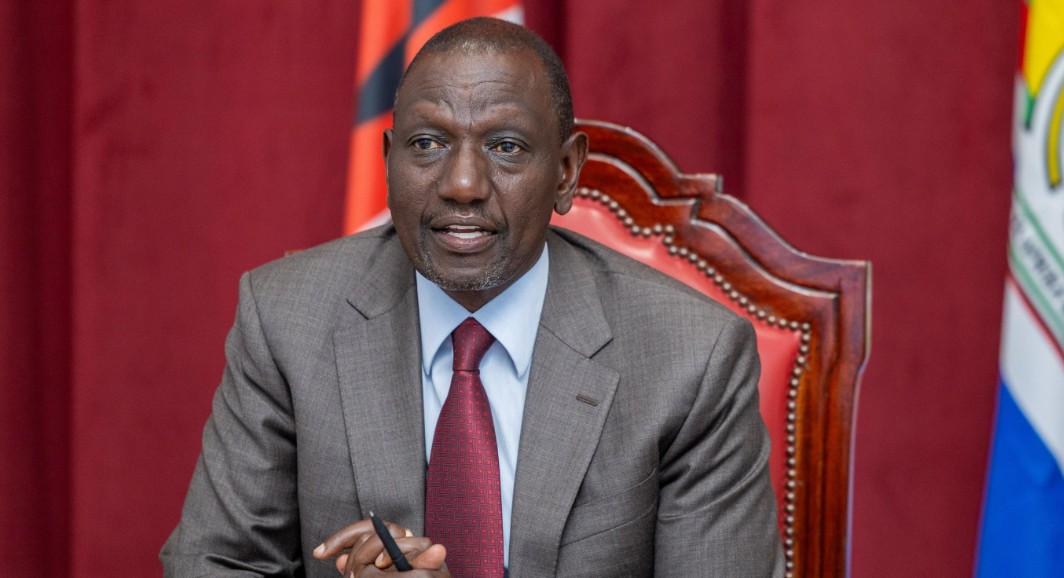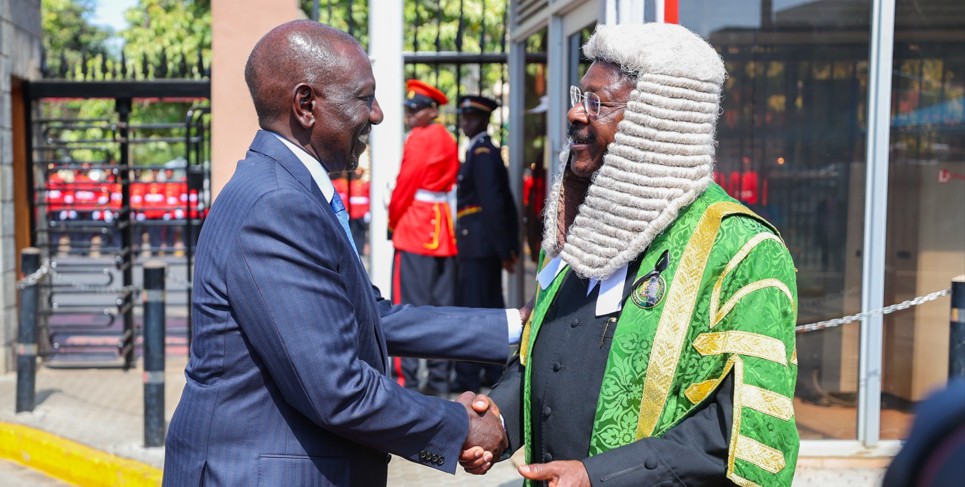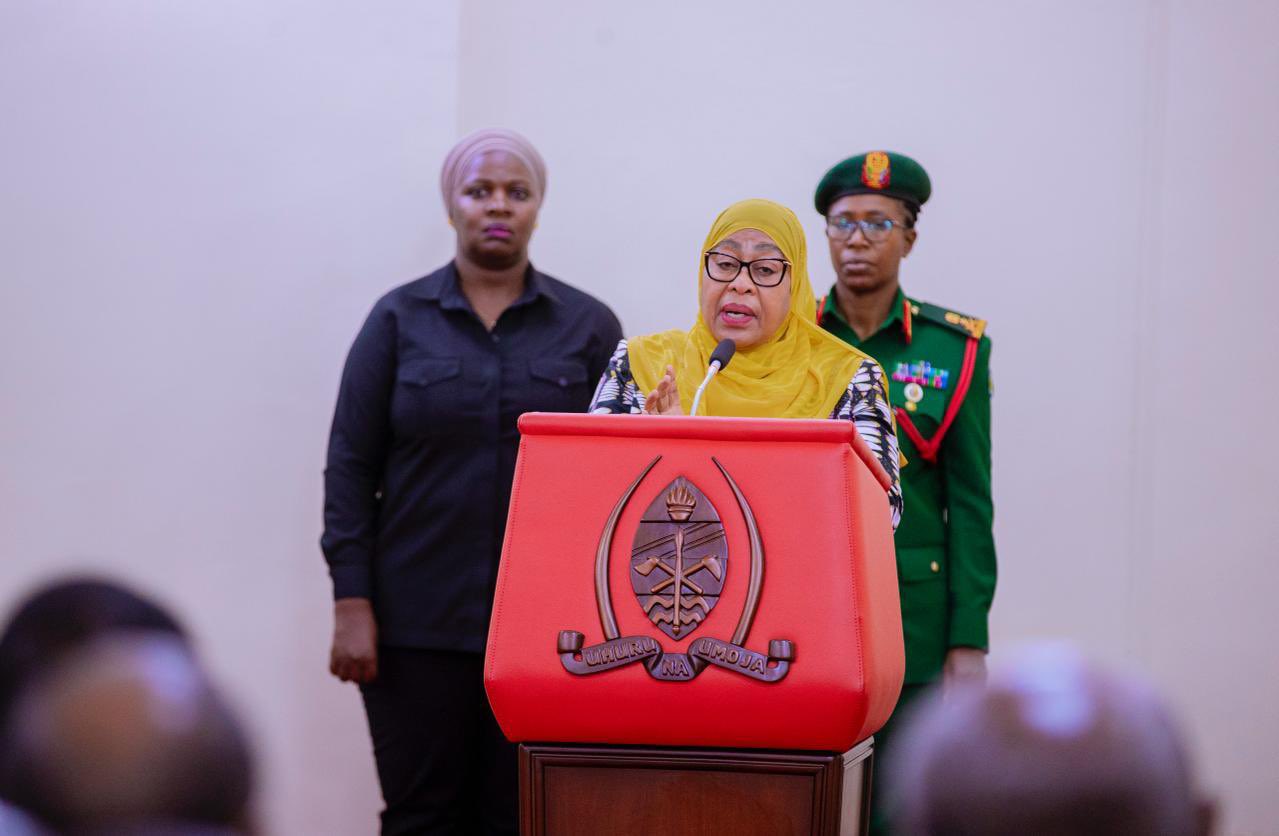Counties urged to ditch costly overseas benchmarking tours amid fiscal constraints
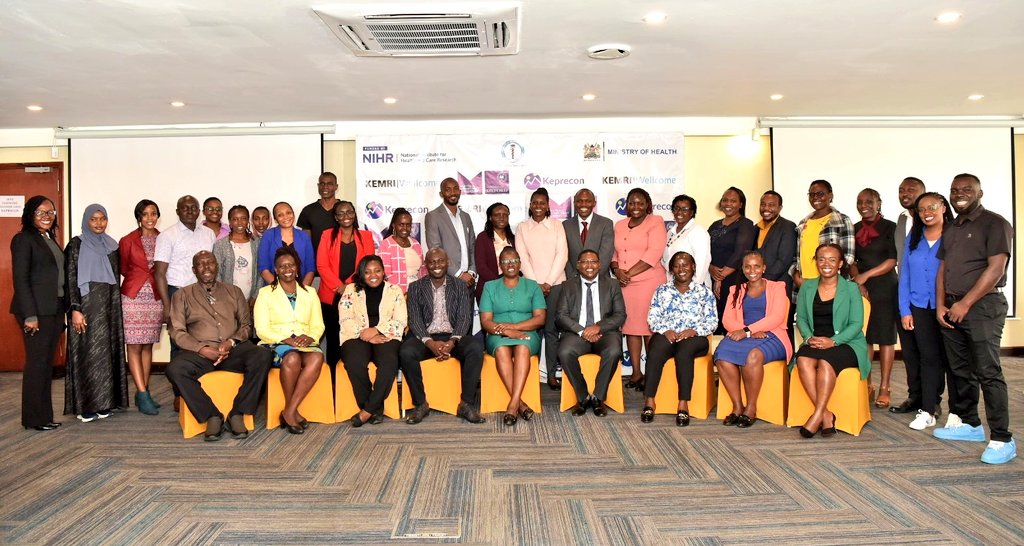
Keprecon Chief Executive Director Fred Were underscored the urgency of investing directly in health systems instead of spending millions on international travel.
Counties have been urged to benchmark for best health service practices locally at a fraction of the cost instead of flying abroad at the peril of taxpayers.
The call comes as fiscal constraints continue to weigh heavily on the country’s critical sectors, specifically healthcare.
More To Read
- Governors sound alarm as 934 newborns die amid funding row in health sector
- Counties decry handling of hospitals under SHA, accuse Health Ministry of overreach
- Senate Committee moves to ban detention of patients, bodies over unpaid medical bills
- Ruto targets faster healthcare access with KEMSA direct medicine deliveries to hospitals
- ‘Terrible state’: Senators outraged by lapses, mismanagement at Kiambu Referral Hospital
- Study highlights emotional strain among Kenyan nurses
Speaking at a Nairobi event on Friday, health experts from the Kenya Paediatric Research Consortium (Keprecon) and the Kenya Medical Research Institute (Kemri) cautioned that funds spent on foreign benchmarking trips would be better directed toward improving service delivery and addressing critical gaps in the health system.
In his remarks over the latest survey findings on the state of neonatal caregiving in Kenya, Keprecon Chief Executive Director Fred Were underscored the urgency of investing directly in health systems instead of spending millions on international travel.
“There are counties like Kiambu that have made notable strides in childcare and are already meeting SDG targets for child mortality. Why not learn from them here instead of flying abroad?” he posed.
The Sustainable Development Goal (SDG) target for child mortality aims to end preventable deaths of newborns and children under five years by 2030.
This includes reducing neonatal mortality to at least 12 deaths per 1,000 live births and under-five mortality to at least 25 deaths per 1,000 live births.
In Kenya, reducing neonatal mortality from an average of 22/1000 live births is part of the government’s efforts to achieve Universal Health Coverage (UHC), and key to this is the role of nursing in neonatal care.
Were added that rather than spending on plane tickets and per diems, these funds could be redirected into hiring more nurses, equipping neonatal units, and improving basic health infrastructure.
Nevertheless, he disclosed that from their spot check across the country, several counties, beyond Kiambu, have already achieved the national development targets for child mortality.
“Counties that are lagging should aspire to benchmark from these counties that are already making strides instead of flying out at extra costs.”
A recent report by the Controller of Budget exposed how county governments, members of county assemblies and other officials in the devolved units splashed millions of shillings in foreign trips with little gains to county residents.
The officials blew more than Shl billion globetrotting in the first nine months of the 2024/2025 financial year.
County Executive Members, MCAs and other officials of the devolved units, including governors, spent millions in the name of benchmarking, study tours, training and workshops.
Additionally, the unveiled research reveals that neonatal care in the country is grappling with serious human resource gaps, particularly in nursing.
Nationally, it highlights that the nurse-to-baby ratio in the country faces extreme staffing shortages, significantly limiting each baby’s care.
Findings across public, private and mission hospitals show that in public hospitals, nurses cared for a median of 19 babies per shift, with some responsible for more than 25 babies.
Private hospitals fared slightly better (1:4–6).
The study, however, reckons that these ratios still exceeded the recommended 1:3–4 ratio, more commonly seen in high-income countries.
Top Stories Today
